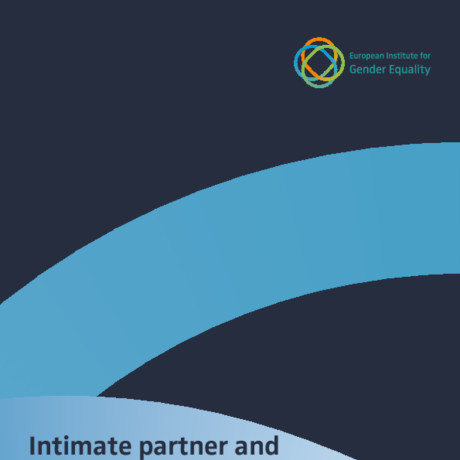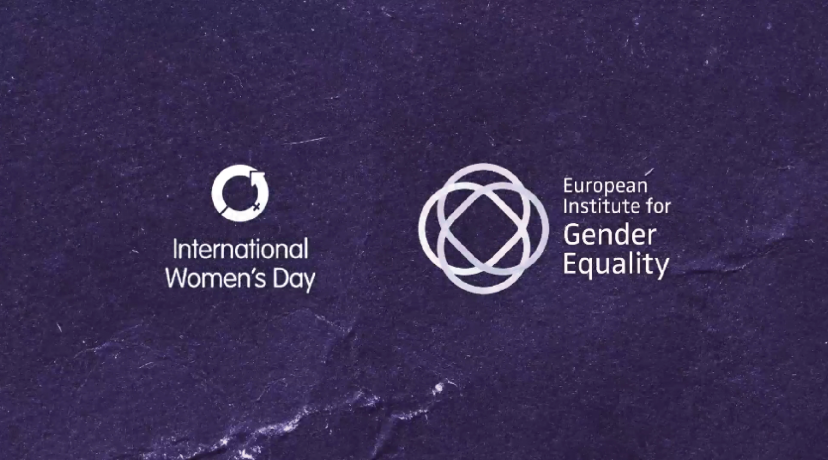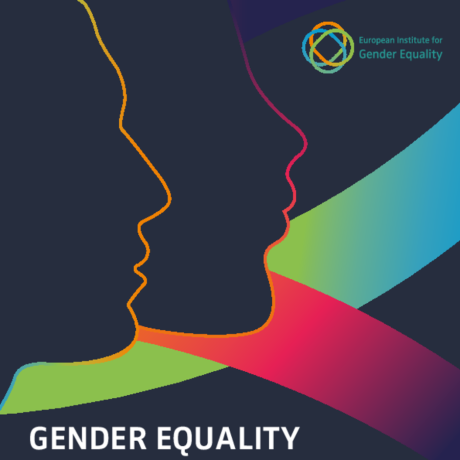Marking 10 years of commitment and advocacy for domestic and home care in the EU, EIGE’s Director, Carlien Scheele gave an address at the Domestic and Home Care EU Congress on 14 November 2023 hosted by the European Federation for Family Employment and Home Care at the EGG Center in Brussels
Good morning to the members of the European Federation for Family Employment & home care and to my fellow panel members.
It is a pleasure to be here with you to celebrate a milestone moment: 10 years of your commitment and advocacy for domestic and home care in the EU.
Care is a topic close to the European Institute for Gender Equality.
Among other areas of life, it’s where we find some of the most prominent evidence on gender equality – or inequalities, more specifically.
Over these years and beyond, care has not only been central to European political debate, but it’s also become a part of everyday discourse.
And I think we can all agree, the pandemic punctuated the discourse.
To start off with an unexpected positive…
Ironically, despite the hardships many faced, the pandemic saw an unintentional if momentary reset of social norms in care.
Because of lockdown, fathers took on a more active role at home and engaged more in childcare. At least this is what we observed from the outside.
The share of the load was indeed better distributed.
Now that we are out of the pandemic, did those gender expectations in care really overturn?
Did the pandemic offer some pause to think about how we can give around 7.7 million European women who are out of employment because of care responsibilities, a chance to access opportunities?
The pandemic put a spotlight on the problem.
But it didn’t solve it.
The approach to creating fairer care conditions requires a long-term view, for long-lasting solutions.
When the Commission presented the EU Care Strategy last year, it felt like we had been given a clear road map. Taking us from a bleak to a bright future – with the promise of high-quality, affordable and accessible care services.
This was overdue relief.
Especially given the state of play on gender gaps in care.
I’ll give you a few striking findings from EIGE’s survey data collected in 2022 to give you a clearer picture.
Given everything I have said so far, you may be surprised to hear me say that the gender differences are not that big anymore.
Men’s willingness to contribute more to care and housework is building up.
In some countries, for instance Finland, Sweden and Belgium more men than women perceive facing work-life tensions nearly every day.
If we look at cooking and/or housework every day and compare it with 2016 data, gender gaps have indeed reduced considerably. However, and here comes the most important point, gender gaps in care are slowly narrowing not due to men’s substantially different role in housework, but rather women’s lower engagement in such activities overall. Assisting technologies at home, food delivery services or increased women’s employment all contributed to this change.
But when it comes to the more intensive childcare for smaller children – like bathing, feeding and changing diapers – it is mostly taken up by women – regardless of factors like income, education levels, or migration background.
Rather disturbingly, nearly half of women - 49% - living with a partner report assuming primary responsibility for these kinds of essential tasks, compared to a mere 6% of men.
The physical and emotional burden is high.
Moving over to long-term care, we see that female carers pay much higher economic price than male carers. Women are twice as likely to spend at least 5 hours a day on childcare and/or Long term care per day than men.
The intensity of care, overall, goes hand in hand with lower employment opportunities, reduced work hours and lower income. And this cost is much higher for women than men.
For some women, choices and expectations work against each other.
I know this because I recently spoke with a woman who told me that when she was a new mother, she chose to spend two years at home to be with her baby. But just when she was excited and geared up to go back into the workforce, her mother fell sick.
She is one of three – her siblings are brothers. The expectation to step in and take a primary caregiving role fell directly on her.
This is a good time to bring up an aspect of time-use that often gets overlooked: self-care. We see gender gaps to the detriment of women which have increased in recent years.
All this evidence points to a persisting trend.
Mothers are under heavier pressure to adjust their working lives for care demands to the detriment of job prospects.
That’s why accessing services is key to reducing the burden of highly time intensive informal care, especially for mothers and closing gender gaps in employment.
In the last 4 years EU policies and legislation on work-life balance made a big step forward. At the EU level, it is important to ensure that the objectives of Work-Life Balance directive and the EU Care Strategy are meaningfully reflected in the EU’s long-term budget, monitoring and evaluation processes to ensure effectiveness.
At country/regional and local levels, it is important to increase investment and make better use of funding opportunities for care infrastructure, especially in rural and remote areas, explicitly connecting them with gender equality objectives.
Coming back to my point on the pandemic. It opened a window of opportunity to look at care differently.
Care has not only become a central part of European debate it carries the weight of conversational currency.
It’s said time and time again, but there is a reason for reinforcing the need for ongoing commitment, dedication and political will. It’s the cornerstone for meaningful and sustainable change.
Thank you. I hope today paves the way for promising payoffs for the next 10 years.




